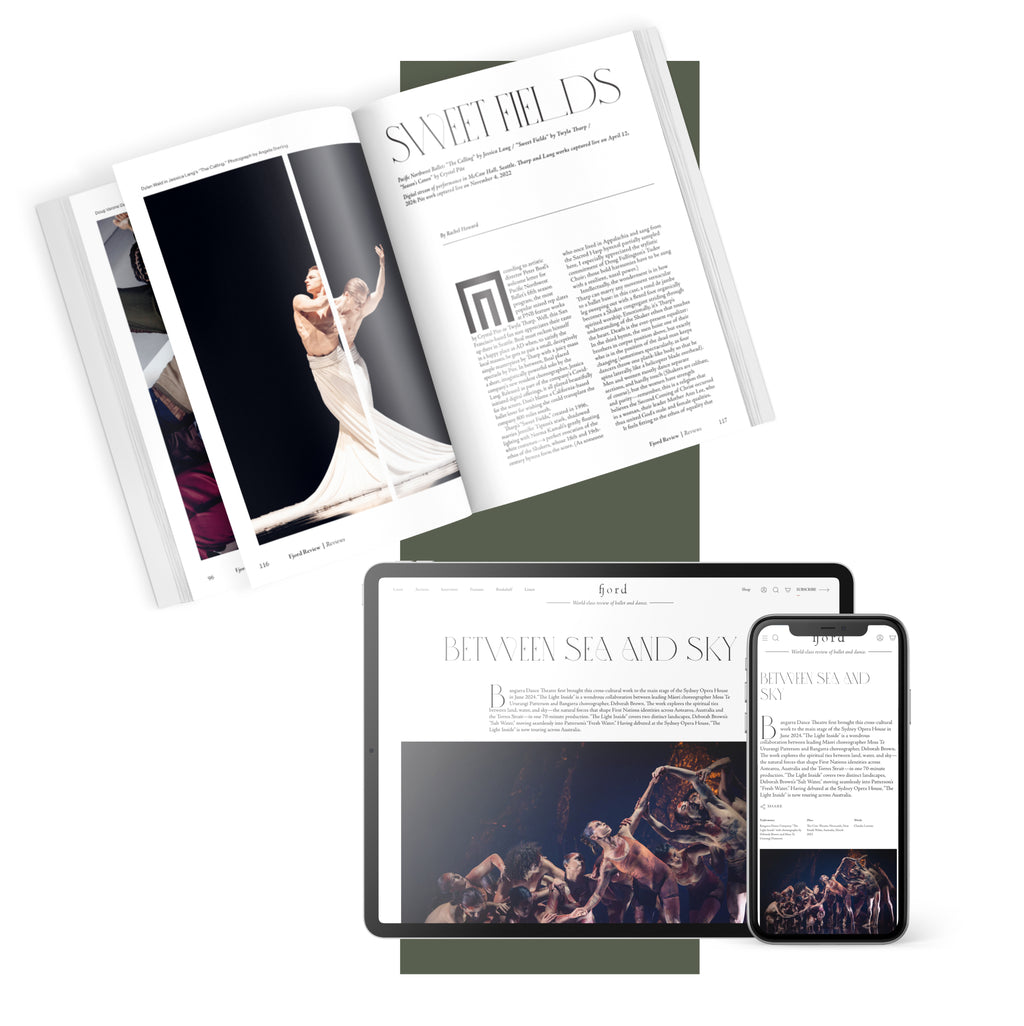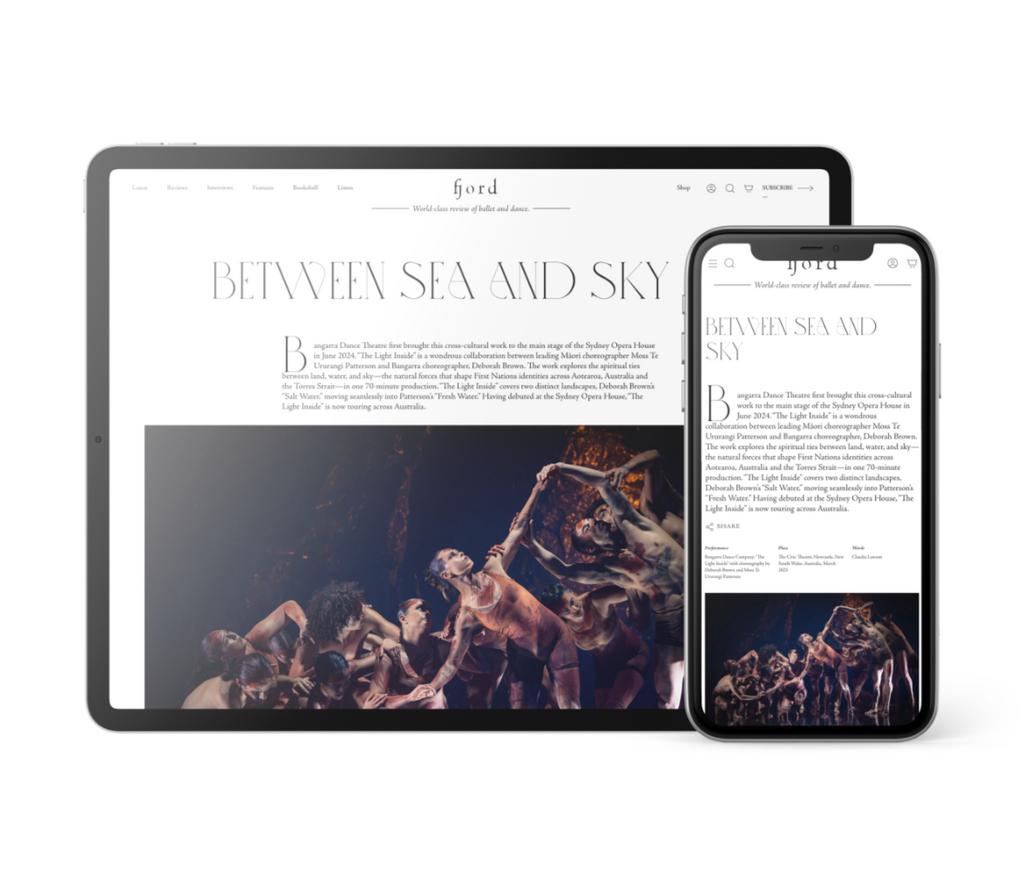Central to Yoshida’s vision is an empathetic, realistic approach to characterization. There’s a decided focus on the raw authenticity of youthful emotion in this “Giselle.” Instead of one idealistic innocent, there are three. The first is Hilarion, perfectly embodied by Masahiro Nakaya. At the start of Act 1, he carries fragile white flowers to Giselle’s door, his subdued woodsman’s garb and respectful hesitance mirroring his humble soul. Hilarion shyness freezes his hand before knocking, and he instead leaves the flowers anonymously.
Enter Shun Izawa as Albrecht, a perfect foil to Hilarion, proud and confident, rich and privileged in his crimson cape and bejeweled sword, which he passes off to his confidante and friend, Wilfred (Mizuki Nakajima), to hide.
If Hilarion is youthful insecurity, Izawa as Albrecht represents its bold fearlessness. Albrecht is not afraid to knock—or to love. Izawa’s Albrecht is not a cruel rake, toying with a powerless underling. From Giselle’s first moment on stage, (danced with joyful purity and technical excellence by Yui Yonezawa) the young lovers seem equally besotted with each other.











comments